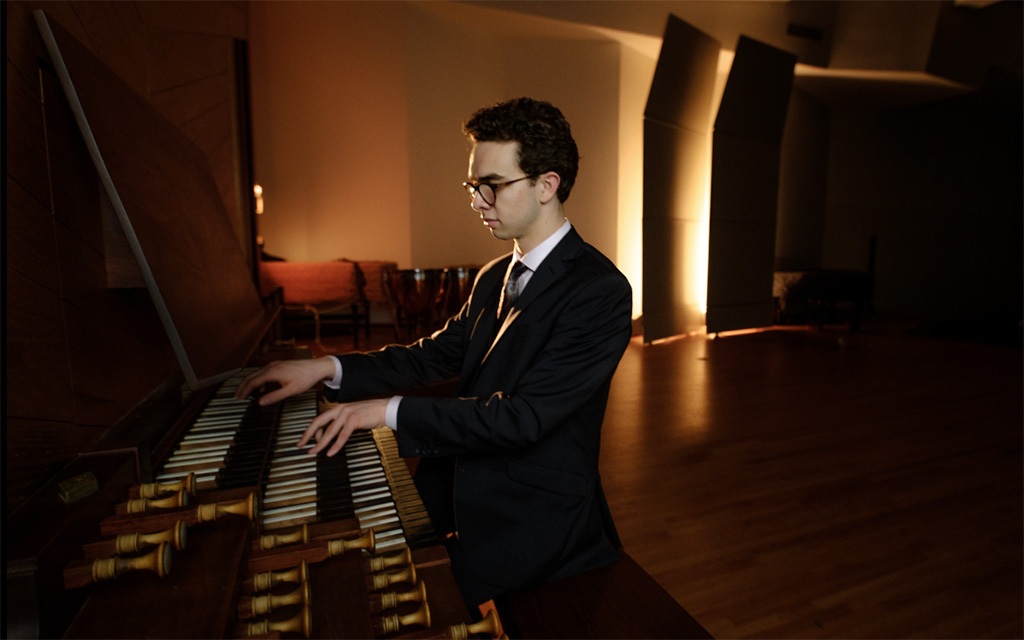Student Shifting Mindset
By Bennett Astrove, Wiley Middle School
While serving as an assistant orchestra teacher at Wiley Middle School, I encountered a student who appeared to be struggling mightily. Her body language was very negative. She looked dejected, slumped in her posture, her face giving the impression of helplessness and hopelessness.
While all of the students in this class are mere beginners, all facing the challenges of how to use a musical instrument from a place of little to no experience or context, this one student believed (as she told in her own words) that she simply could not learn how to accomplish the goals set forth to the entire class.
I could see that some of her frustration stemmed from the fact that she was especially new to this work, even compared to the other beginners she shared this class with. It was also clear to me that there was much more in her life contributing to her attitude and mindset that was on display here.
We spent one frustrating afternoon in class together, working one on one in the back of the orchestra. While every challenge we encountered at first was met with a negative reply of “I can’t.” I insisted that in fact isn’t true, and demanded that we would explore an approach more rooted in developing the way that we can focus on, become aware of, and reflect on these challenges, instead of giving up.
First step, do not give up.
On this day, the one thing we chose to focus on, was to notice when the voice inside says to give up. Next, we need to learn to choose to say no to that. That could simply mean keeping the instrument up in good posture, bow and fingers engaged with the instrument to play, and track along the music with our eyes, doing as much as possible with the instrument while keeping the focus on what we hear and see around us, and the information we are tracking on the page.
This is not easy, but can be simple, and this first step was about all we accomplished that first day: Say no to quitting the focus and effort.
The next step, replace the “I can't” and having to say no to it, with “do” things.
For instance, now that we notice where we want to quit, we can really start to notice the challenges that make us feel that way. DO notice the things that are challenging. DO define what they are, bow direction? Note reading trouble? Being prepared and focused on time?
We worked this way on and off as opportunity allowed for a few weeks. Later on, both the classroom teacher and I noticed a shift in her body language, and her attitude and engagement. AND in her ability to accomplish more learning in the face of the challenges of playing the violin in orchestra. One day I commented to her how much it appeared that she was “giving up is not an option!”
April 24, 2017





